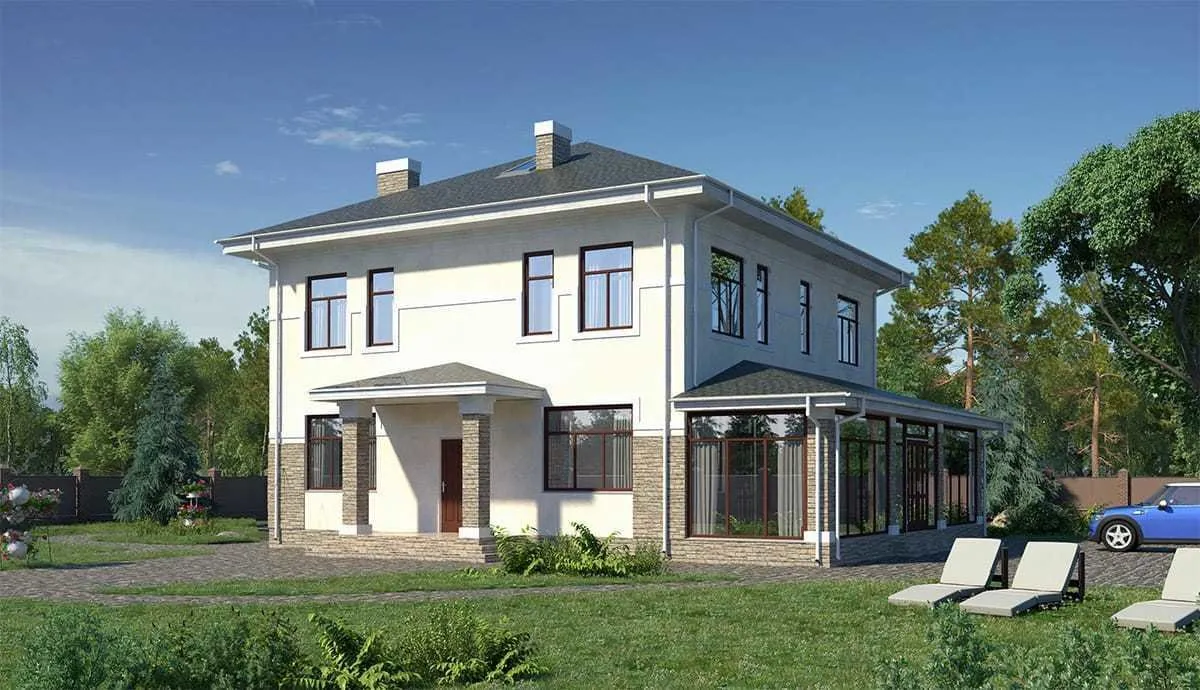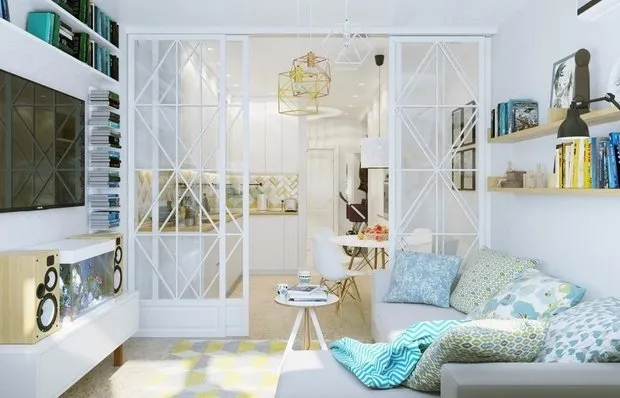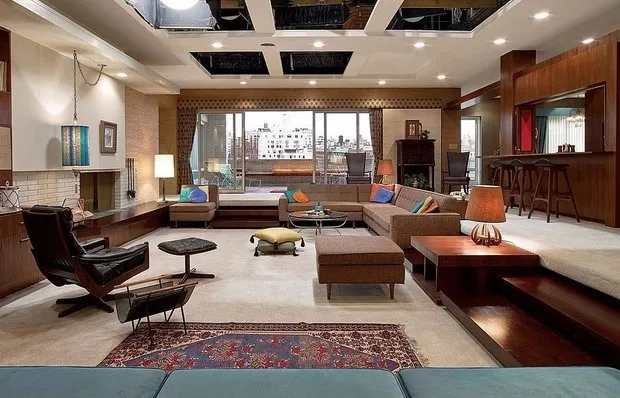There can be your advertisement
300x150
8 Myths About Frame Houses
They are fragile, fire-hazardous, and may not withstand strong winds. Together with an expert, we debunk whether these perceptions are true.
Frame houses are a product of modern technology. They can be built very quickly, which is why they are so popular. On the other hand, many find the ease of construction suspicious. Eight of the most common prejudices against frame houses are commented on by Timur Dasaev, General Director of the construction company "Dachnyy Sezon".
Timur Dasaev, Expert, General Director of the construction company "Dachnyy Sezon".1. They Collapse in the Wind
In American disaster films, heroes' houses are destroyed by the first gust of wind, but in real life it's not that way. A typical frame house easily withstands wind gusts up to 25 meters per second. By the way, in our country wind strength rarely exceeds 28 meters per second.
 2. Their Walls Are Fragile
2. Their Walls Are FragileOf course, frame walls are less strong than brick or concrete ones. But this doesn't mean they break easily. Multilayer structure increases their strength many times, making them comparable in reliability to solid wood walls.
We all understand that fire doesn't spare wood, iron, or brick. Nevertheless, most people think that a wooden house will burn brighter than a stone one. The fact that frame houses use smaller timber sections increases fire fears.
But technologies are not standing still! Modern production treats wooden boards with fire-retardant impregnations. Moreover, in frame house construction, gypsum boards with high fire resistance are widely used.
 4. They Don't Last Long
4. They Don't Last LongThe average lifespan of a frame house is between 30 and 100 years. The actual service life depends on the type of load-bearing structure, insulation, cladding, correct assembly and installation. The chosen insulation material also plays a significant role here. With proper construction, polystyrene foam insulation will last at least 30 years, mineral wool - up to 60 years.
There are many step-by-step instructions for frame construction, so it feels like you can build one in two steps. Prepare the site, install walls, rafters, and it's done! In reality, it's not that obvious or easy.
You need to understand things like soil structure (a frame house can start "walking") and the characteristics of construction materials. For frame houses, you must use well-dried planed lumber; otherwise, misalignment and sagging may occur within a few months. If walls are not properly treated, mold and insects can appear inside. Therefore, self-taught builders often build and rebuild their house throughout their lives.
 6. Frame Houses Are Not Eco-Friendly
6. Frame Houses Are Not Eco-FriendlyYes, frame house construction uses polystyrene and mineral wool insulation. The former releases toxic components, while the latter contains phenol-formaldehyde resins. But there is no perfect insulating material. Of course, it's better to buy one that contains minimal harmful substances and is above average in quality.
This belief is based on the idea that frame houses have thin walls and therefore easily let heat through. But you're heating the air in rooms, not the walls! In winter, a frame house can be heated in less than an hour. A brick one, for example, will take no less than 20 hours and much more electricity.
I can't agree with this. Any material can be used for exterior and interior finishing, so the appearance of the house depends only on the owner's taste and possibilities.
 Also read:
Also read:- Warm Wooden House Near Dmitrov
- How to Decorate a Frame House Inside: Cozy Project
- Which Country House Is Better to Build: 10 Projects
More articles:
 Why You Shouldn't Store Clothes Like on Glossy Photos
Why You Shouldn't Store Clothes Like on Glossy Photos 11 Facts About Lilac You Didn't Know
11 Facts About Lilac You Didn't Know How to Decorate an Interior in Mid-Century Modern Style
How to Decorate an Interior in Mid-Century Modern Style 9 Signs You've Made the Right Choice for Kitchen Appliances
9 Signs You've Made the Right Choice for Kitchen Appliances 8 Mistakes Made by Designers and Contractors That Cost Owners Too Much
8 Mistakes Made by Designers and Contractors That Cost Owners Too Much Creating a Living Room Like in the TV Series 'Mad Men'
Creating a Living Room Like in the TV Series 'Mad Men' 13 Ideas for a Small Kitchen: Projects by Our Designers
13 Ideas for a Small Kitchen: Projects by Our Designers How to Decorate an Interior in Minimalist Style
How to Decorate an Interior in Minimalist Style